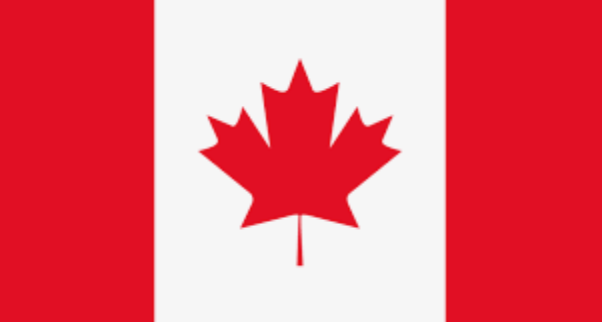Chemycal has been acquired by 3E
Learn MoreChemycal has been acquired by 3E
Learn MoreDiscover how Chemycal PRO helps you boosting your regulatory monitoring:

Health Canada has recently announced the implementation of its Carriages and Strollers Regulations (SOR/2023-101), which aim to bolster child safety and minimize the risk of injuries associated with the use of these products. The regulations, published in the Canada Gazette, Part II, on June 7, 2023, supersede and replace the previous regulations (SOR/2016-167).
The primary focus of the new regulations is to address potential hazards such as strangulation, entrapment, and the integrity of car seat attachments. By introducing stringent safety measures, Health Canada hopes to reduce the occurrence of injuries in children using carriages and strollers.
Among the key provisions of the new regulations is the inclusion of mechanical requirements. Carriages and strollers must now meet specific criteria outlined in either ASTM F833 (excluding sections 5.3, 5.12, 8, and 9) or sections 6.8 and 6.10 of ASTM F833 in conjunction with ISO 31110 (excluding sections 6, 7, and 10).
Furthermore, the regulations address toxicological concerns by stipulating that carriages or strollers must not contain substances listed in section 3 that may become accessible to a child under reasonably foreseeable circumstances. In cases where a toxic substance is present, the product must comply with at least one of the requirements specified in section 4.
In line with other Canadian regulations, the new standards also encompass applied coating materials and phthalates requirements. Coating materials or stickers used on accessible parts of carriages and strollers must adhere to limitations, such as not exceeding 90 mg/kg total lead, preventing the migration of certain compounds (e.g., antimony, arsenic, cadmium, selenium, barium) exceeding 1000 mg/kg, and containing no more than 10 mg/kg total mercury.
In addition, the regulations outline restrictions on phthalates in vinyl components. Carriages and strollers must not contain more than 1000 mg/kg of di(2-ethylhexyl) phthalate (DEHP), dibutyl phthalate (DBP), or benzyl butyl phthalate (BBP). Furthermore, vinyl parts that could be placed in the mouth of a child under four years of age must not contain more than 1000 mg/kg of diisononyl phthalate (DINP), diisodecyl phthalate (DIDP), or di-n-octyl phthalate (DNOP).
The regulations also emphasize the importance of providing information and warnings to consumers. Carriages and strollers must meet the specified requirements regarding labeling, instructions, and warnings, as detailed in sections 8 to 17.
To facilitate a smooth transition, the new regulations allow for a 180-day period, beginning June 7, 2023, during which products compliant with the previous regulations (SOR/2016-167) may continue to be manufactured, imported, advertised, and sold in Canada.
Health Canada's Carriages and Strollers Regulations (SOR/2023-101) reflect efforts to align with international standards for mechanical requirements while maintaining consistency with other Canadian regulations pertaining to toxicological concerns, applied coating materials, and phthalates limitations. With these updated regulations in place, parents and caregivers can have greater confidence in the safety of carriages and strollers available in the Canadian market.
SMORE INFO ON www.sgs.com2013 © MyChemicalMonitoring. ALL Rights Reserved. About Us | Terms and Conditions